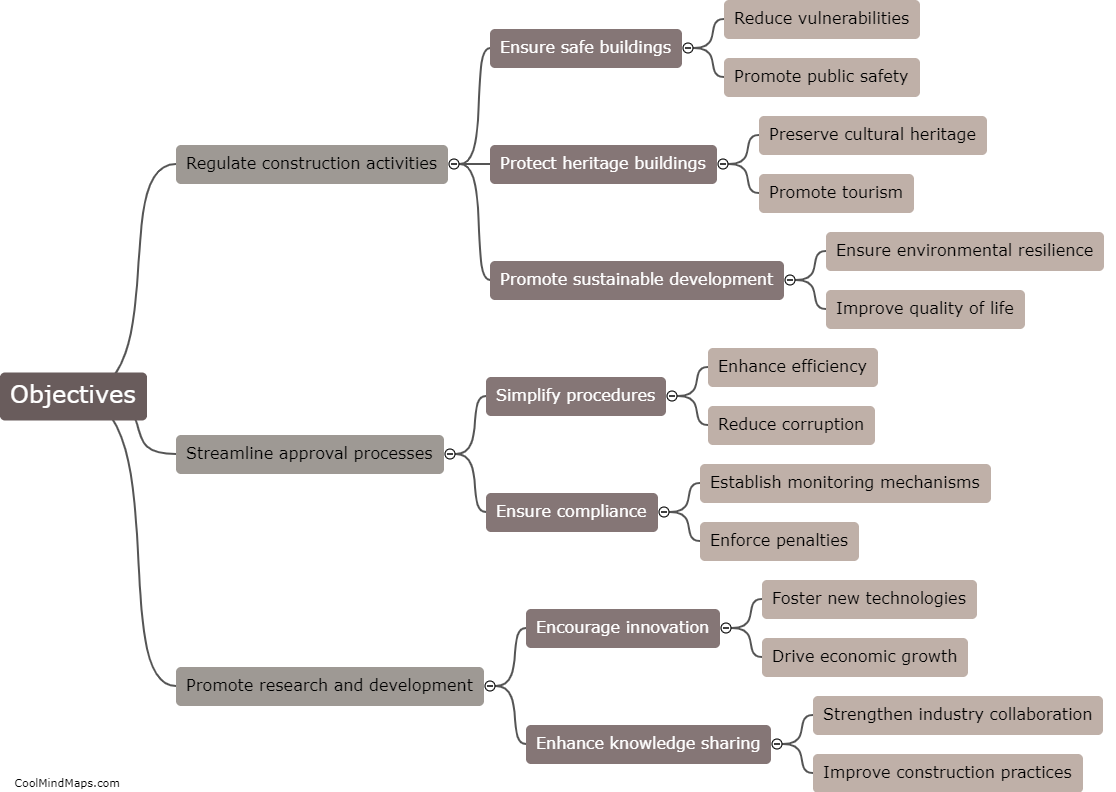What is the structure of a scientific paper?
The structure of a scientific paper typically follows a well-defined format to effectively communicate research findings to the scientific community. A standard scientific paper consists of various sections, including the title, abstract, introduction, methods, results, discussion, and conclusion. The title provides a concise description of the research, while the abstract summarizes the key elements of the study. The introduction presents the background and context of the research, highlighting the purpose and significance of the study. The methods section details the experimental procedures and methodologies employed. The results section presents the findings of the study, often with the help of tables, graphs, or statistical analyses. The discussion section interprets the results, compares them with previous research, and explores their implications. Finally, the conclusion summarizes the main findings, emphasizes their importance, and may suggest future research directions. This standardized structure allows for easy comprehension, replication, and integration of new knowledge into the scientific community.

This mind map was published on 27 November 2023 and has been viewed 84 times.











